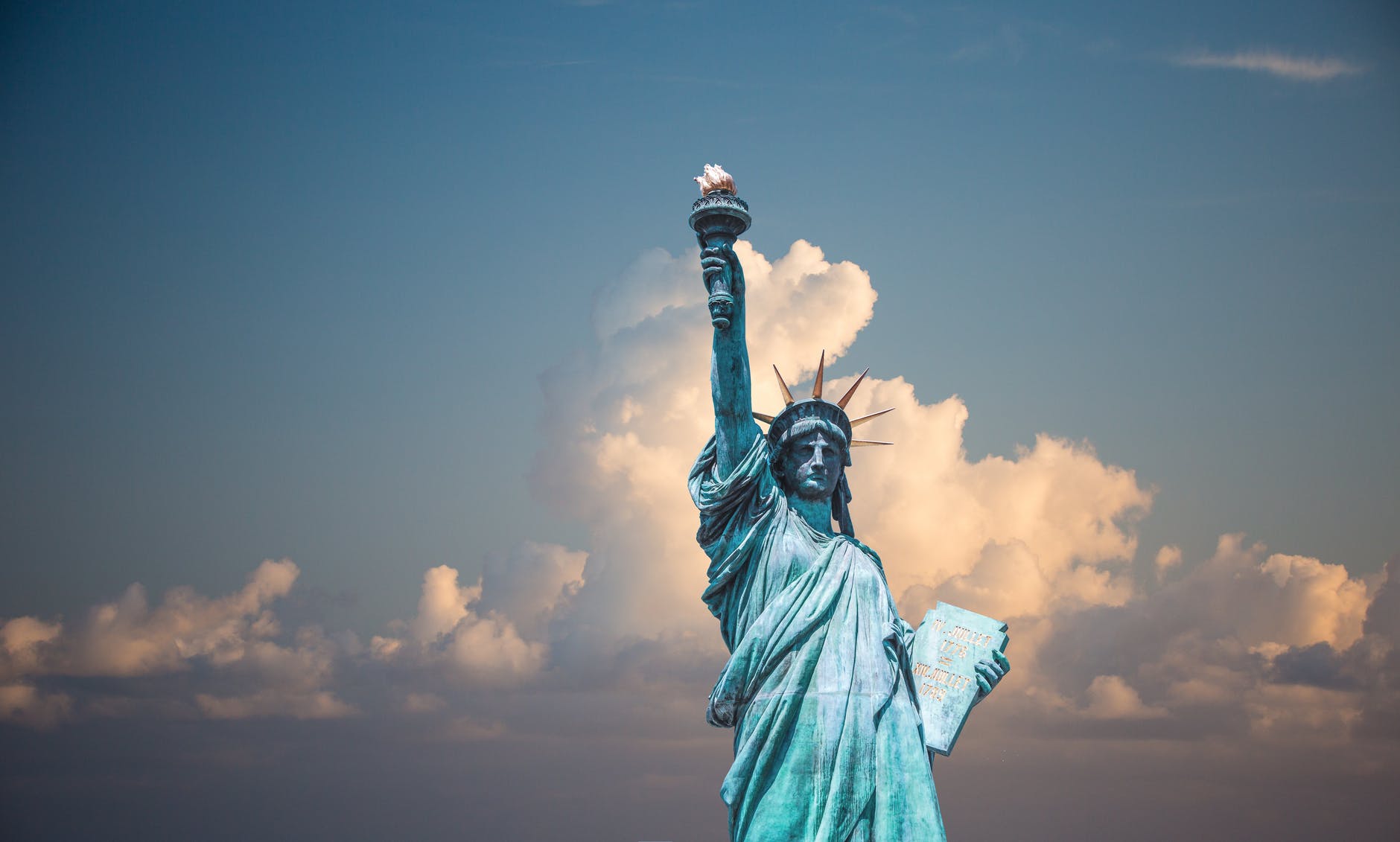In New York, merchants can continue to make customers pay surcharges if they pay with credit cards, following the state and the plaintiffs’ moves this month to dismiss challenges to the practice in federal appellate court.
Merchants will be permitted to charge customers surcharges or extra fees as long as they post credit card purchases in dollars and cents. Many customers experience this when they purchase gas for their vehicles. Gas stations post prices for purchases made with credit cards and those made with cash. The differences in costs are usually just a few cents.
New York now joins Florida, Texas, and California as places where their states’ bans on surcharges were removed recently.
A Closer Look at the Details and History
Prior to New York’s attempt to ban surcharges, merchants in the state were permitted to pass on their credit card fees to their customers. Credit card users face surcharges between 2.75 percent and 3.5 percent. Over the years, the issue in New York has had many ups and downs.
In 2013, Expressions Hair Design in New York filed a First Amendment Challenge in federal court against the state’s business law banning credit card surcharges.
The case bounced around the courts and, eventually, in March 2017, the Supreme Court ruled that the law interfered with merchants’ free speech rights under the First Amendment, deciding in favor of Expressions Hair Design. However, the ruling did not eliminate New York’s law banning surcharges.
The case ended up eventually being sent back to the New York Court of Appeals to determine whether merchants are considered in compliance with the state law as long as they post the charges credit users pay. In October 2018, the appeals court affirmed that merchants were in compliance as long as they posted surcharges merchants paid. Also, merchants are allowed to call the surcharge anything they want, including surcharges, additional fees, or extra costs.
Understanding Surcharges
Card networks, such as Visa and MasterCard, have rules surrounding the practice of surcharges, including:
- Disclosure: Surcharges cannot be surprises to customers, and, therefore, they must be posted at the point-of-sale area.
- Dollar Limits: A maximum surcharge is 4 percent of a transaction.
- Surcharge Equality: If merchants are going to add a surcharge to one product, they must be added to all items.
- Printed on Receipts: Any surcharged should be recorded on receipts.
American Express also permits surcharges, if merchants also apply them to other credit card brands.
In Conclusion
As customers continue demanding a cashless society, both customers and merchants will have to accept the consequences that go along with that convenience. Adding surcharges are ways for merchants to recoup some of the costs that pay to over customers the convenience of using credit cards. If customers do not want to take on those expenses, they can choose to pay another way.
If you are a merchant that is new to accept accepting credit cards or want to switch payment processors, then consider EMB. We specialize in solutions for all types of businesses, and it offers high risk merchant accounts. In addition to specializing in industries that are known for excessive chargebacks, it also works with merchants that have poor credit scores or no processing history. Submit an online application today. The process is fast and easy.


